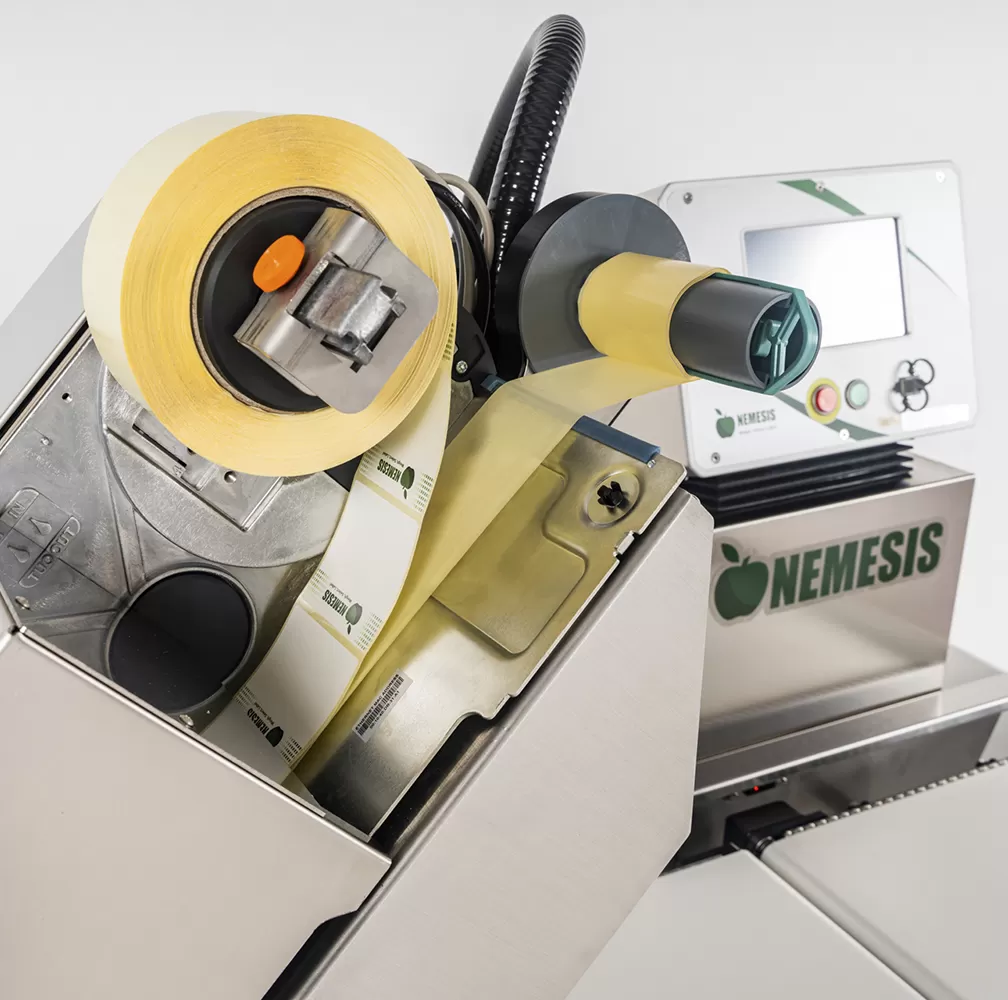
16 December 2024
5 useful tips for choosing the most suitable metal detector
Guide to choosing an industrial metal detector: discover how to improve quality and safety in your production line
New food packaging regulations: an overview
31 July 2024
Packaging plays a crucial role in the food industry, not only for the protection and preservation of products but also to ensure consumer safety. Regulations governing food packaging are essential to ensure that the materials used do not contaminate food and that the information provided on labels is accurate and transparent.
In Europe, food packaging regulations are particularly strict and are established by bodies such as the European Food Safety Authority (EFSA) and the European Commission. These rules provide for detailed controls on the materials used, production practices and labeling. The aim is to protect consumers from potential health risks.
Let’s see in more detail what are the main food packaging regulations, what they include and what is changing in the industry.
Food packaging regulations in Italy and Europe are extremely detailed, The Commission’s proposals are designed to provide precise guidance on the rules to be followed in order to ensure food quality and safety and protect consumer health. The European packaging legislation refers to Regulation n. 1935/2004, which establishes general requirements for MOCA, Materials and articles intended to come into contact with food. This regulation requires that such materials must not transfer foreign substances or substances potentially hazardous to human health to food, change its composition in any way, or deteriorate its organoleptic characteristics. The manufacture of MOCAs is also regulated by Regulation (EC) No. 2023/2006, which introduces Good Manufacturing Practices (GMP) to ensure that packaging materials are produced in accordance with high quality standards.
Specifically for plastics, Regulation (EU) n. 10/2011 establishes specific rules for the manufacture and marketing of plastics intended to come into contact with food. This regulation defines all authorized substances, which can therefore be intended to come into contact with food, as well as the criteria for assessing the conformity of products and the requirements to be met for performing migration tests (which ensure that no harmful substances are transferred from the plastic material to food).
Regulation (EU) n. 282/2008 specifically covers recycled plastic packaging intended for food contact, introducing a set of rules to ensure that the materials used are safe and of high quality.
Regarding labeling, Regulation (EU) n. 1169/2011, known as Food Information to Consumers (FIC), is fundamental. This regulation requires food labels to provide clear and accurate information on various aspects and that consumers receive all the information they need to make food-conscious choices.
In particular, Article 9 provides a list of all mandatory particulars to be given on pre-packed foodstuffs, including:

The European Union recently approved the new Packaging and Packaging Waste Regulations, which introduce significant changes for the food sector, with a particular focus on labeling. The main goal is to reduce the environmental impact of packaging and promote a circular economy by encouraging reduction, reuse and recycling.
From a labeling perspective, the PPWR introduces more stringent and detailed requirements to ensure that consumers receive clear and transparent information about the sustainability of packaging.
In particular, the label should clearly and legibly indicate:
This information will have to be presented in a standardized way, using uniform labels and symbols throughout the EU, thus simplifying the identification process and proper disposal of packaging.
Weigh price labelers play a crucial role in the food packaging and labeling process and are indispensable tools for food companies to ensure full compliance with packaging regulations and required quality standards. In fact, these devices combine the functions of a checkweigher with those of a labeling machine, allowing products to be accurately weighed and essential data such as weight, price, expiration date and manufacturer's information to be transmitted to the printer in real time, which must be reported on labels. Using these machines ensures that each product is labeled accurately and completely, complying with food packaging regulations and providing consumers with all the information they need to make an informed choice.
Nemesis weigh price labelers, in particular, take advantage of advanced technologies to ensure accurate labeling, while also offering great flexibility in label design thanks to integrated software. Weigh price labelers are supplied with a laptop preconfigured with two programs: NiceLabel, for graphical label creation, and SAVUltra Editor, a proprietary software that allows labeling programs to be managed, harmonizing the weighing data with the label graphics and sending the print signal to the printer.

We offer different types of weigh price labeling systems, depending on the type of label desired, the point of application, or the need to apply multiple labels. For example, combined versions of weight-pricers can be made by combining different application systems, such as “C” and Upper, or Lower and Upper. When more than one printer is needed, either both can be connected to the scale or only one of them. In the latter case, the second printer will produce a label containing only general information (without weight or price).
To get more information about our weigh price labelers or other weighing solutions offered by Nemesis, contact us!
News & Events
We'll be happy to follow-up your request within 24 hours